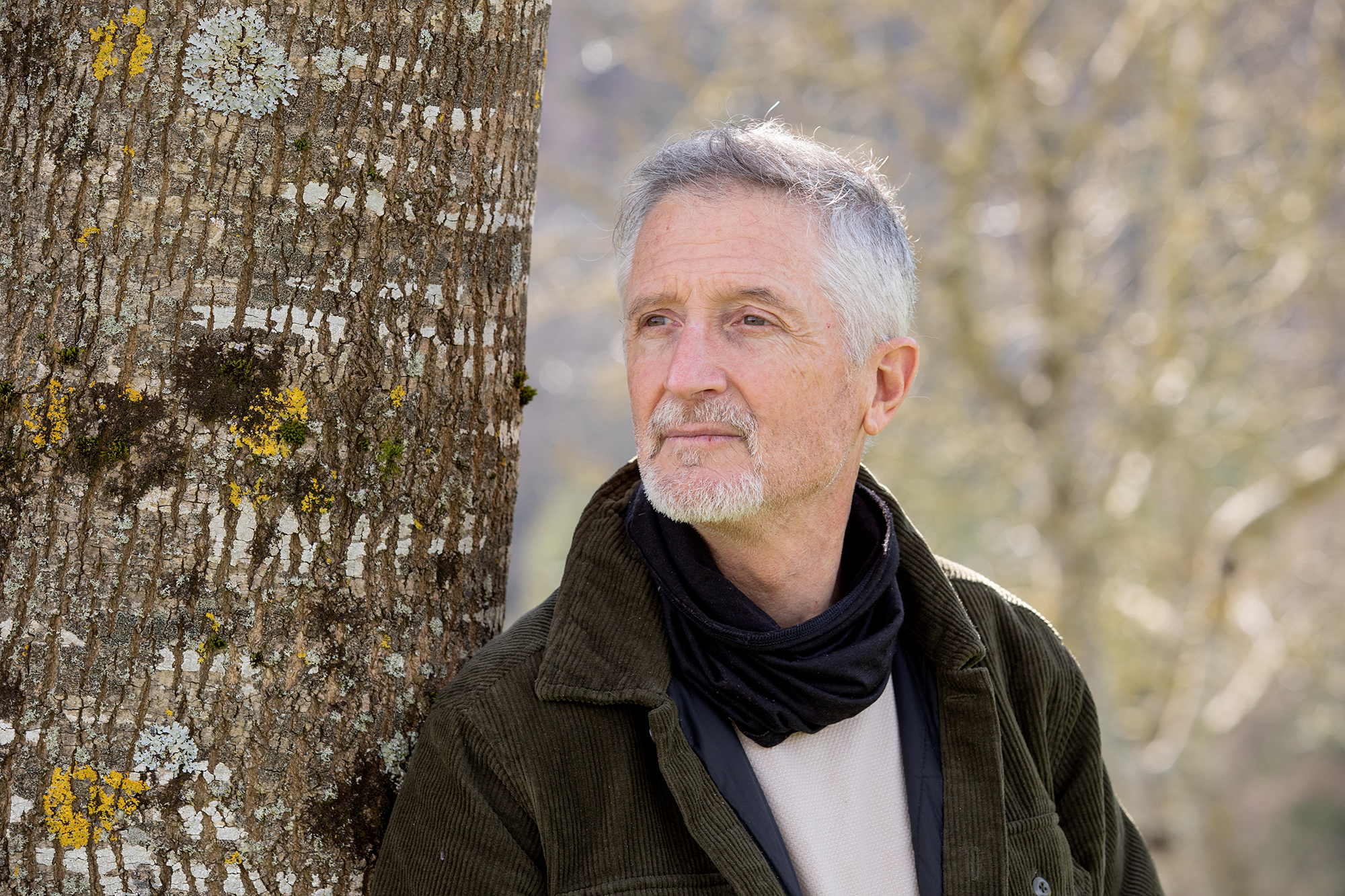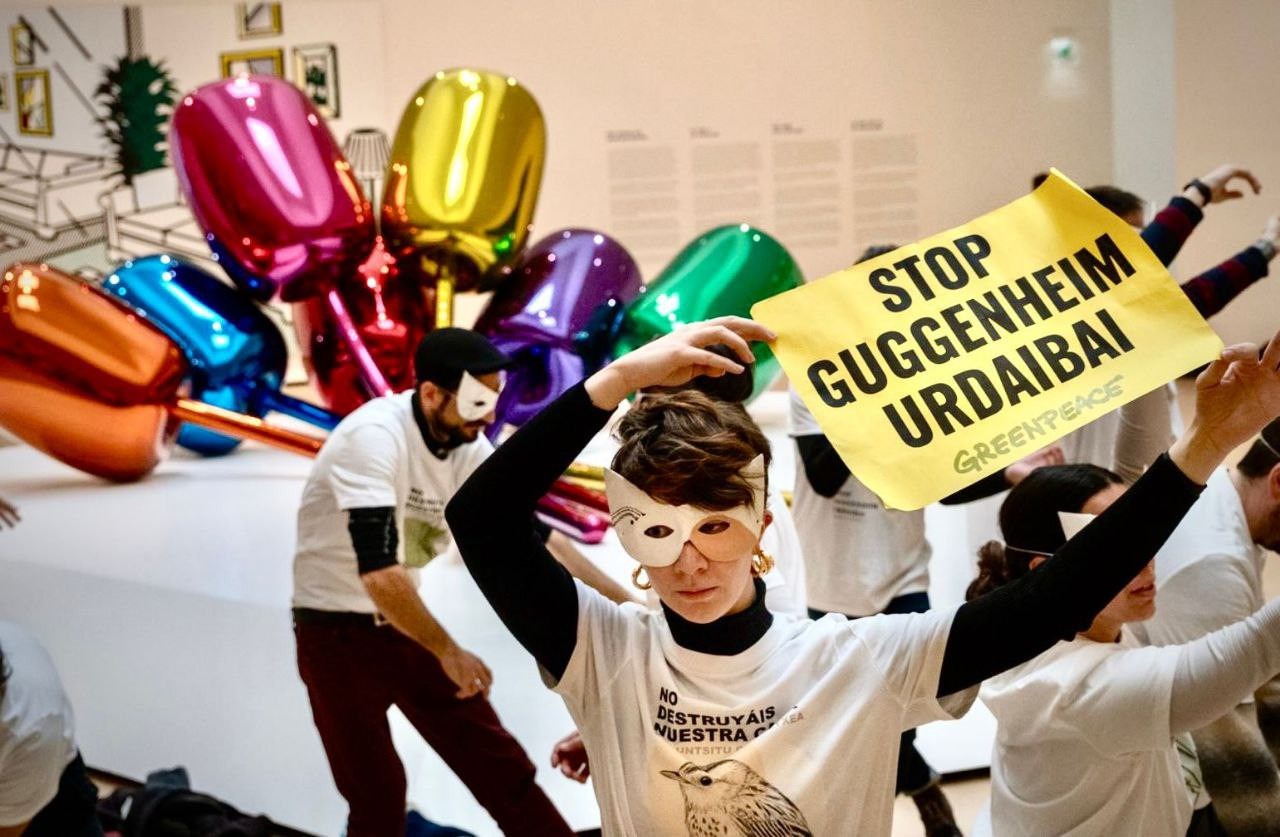Methane emissions, "higher than ever", increase the climate emergency
- A report by 69 researchers from the The Global Carbon Project, which analyses the climate, confirms the need to reduce methane emissions. In addition, the Pro-Earth Assembly has issued its report the following day, and has made it clear: if you want to make systemic change, you can avoid the climate emergency.

In fact, the decline in methane emissions (CH4) would be a good way to turn the climate emergency around. Despite being the second greenhouse gas after carbon dioxide, states do not take strong measures or targets to limit their methane emissions. Thus, methane discharges in the last five years have been "higher than ever". That's what the new 10 September study published in the journal Environmental Research Letters says. The report is based on a study conducted by 69 researchers from the The Global Carbon Project, which analyzes the climate.
Even though CH4 lasts less time in the atmosphere, about nine years, making carbon dioxide several centuries, its calorific value is much higher than that of CO2: 80 times more in the first 20 years and 30 times more in the 100 years period.
Methane emissions have been measured since 1980 and in the last five years it has been the most significant case. The Paris Climate Agreement outstripped the increase in temperatures of 1.5 degrees, which is one third of this increase, according to the report. All sectors have increased their dumping: the agricultural sector, which is the agro-industrial model the main producer, the waste sector, the exploitation of fossil fuels...
Here too, the notion of climate justice is important, precisely because it is a few rich states: two-thirds of the methane spill is the responsibility of a dozen countries, with the main countries being China, the United States and Russia. Accidental discharges due to poor infrastructure also have a significant weight – they have increased by 50% last year.
Need for systemic change
The following day, the journal Lancet Planetary Health has published a more hopeful research: The study of the international research group Congress for Earth reveals that if "radical changes" occur, the climate emergency can be reversed. This new study describes the changes that need to be made in politics, in the economy and in society as a whole. In particular, the fairer distribution of resources, the end of fossil fuels, as well as the generalisation of sustainable lifestyles and low-carbon technologies are some of the changes to take. In this sense, the research develops the recommendation to limit consumption and distribute taxes in favor of social and ecological justice.
They know that the drastic changes they demand create distrust and hindrance from the decision-makers: "The size of the required change is going to alarm many governments. (…) This amendment shall not be immediately admissible. It's partly fearsome, but it shows us that there's still room for humans and other species."
A 62-page report by 65 global experts aims to determine how the 7,900 million inhabitants of the planet can be in a habitable world, always having food, water, energy, housing and transport at hand in a fair and sustainable manner. Plans are also in place for 2050, with an estimated 9.7 billion inhabitants by then. They say this clearly: the current social, economic and political conditions do not then guarantee any stimulus, and the changes are necessary.
Lurrak guri zuhaitzak eman, eta guk lurrari egurra. Egungo bizimoldea bideraezina dela ikusita, Suitzako Alderdi Berdearen gazte adarrak galdeketara deitu ditu herritarrak, “garapen” ekonomikoa planetaren mugen gainetik jarri ala ez erabakitzeko. Izan ere, mundu... [+]
Eskola inguruko natur guneak aztertu dituzte Hernaniko Lehen Hezkuntzako bost ikastetxeetako ikasleek. Helburua, bikoitza: klima larrialdiari aurre egiteko eremu horiek identifikatu eta kontserbatzea batetik, eta hezkuntzarako erabiltzea, bestetik. Eskola bakoitzak natur eremu... [+]
Agintari gutxik aitortzen dute publikoki, disimulurik eta konplexurik gabe, multinazional kutsatzaileen alde daudela. Nahiago izaten dute enpresa horien aurpegi berdea babestu, “planetaren alde” lan egiten ari direla harro azpimarratu, eta kutsadura eta marroiz... [+]
Biologian doktorea, CESIC Zientzia Ikerketen Kontseilu Nagusiko ikerlaria eta Madrilgo Rey Juan Carlos unibertsitateko irakaslea, Fernando Valladares (Mar del Plata, 1965) klima aldaketa eta ingurumen gaietan Espainiako Estatuko ahots kritiko ezagunenetako bat da. Urteak... [+]
Nola azaldu 10-12 urteko ikasleei bioaniztasunaren galerak eta klima aldaketaren ondorioek duten larritasuna, “ez dago ezer egiterik” ideia alboratu eta planetaren alde elkarrekin zer egin dezakegun gogoetatzeko? Fernando Valladares biologoak hainbat gako eman dizkie... [+]
Eskoziako Lur Garaietara otsoak itzularazteak basoak bere onera ekartzen lagunduko lukeela adierazi dute Leeds unibertsitateko ikertzaileek.. Horrek, era berean, klima-larrialdiari aurre egiteko balioko lukeela baieztatu dute, basoek atmosferako karbono-dioxidoa xurgatuko... [+]
There was no one or all. That we all suffer at least if the necessary changes are not made so that no one suffers the climate emergency. You – reader – I – Jenofá-, they – poor – and they – rich. The fires in Los Angeles did not give me satisfaction, but a sense of... [+]













_Glaciar.png)





-(1).jpg)

